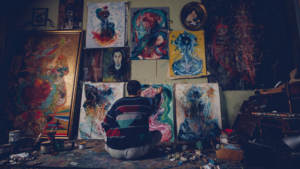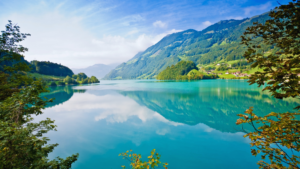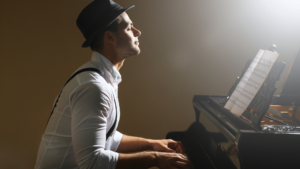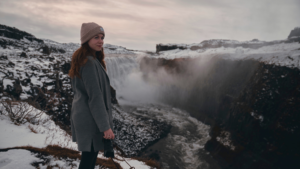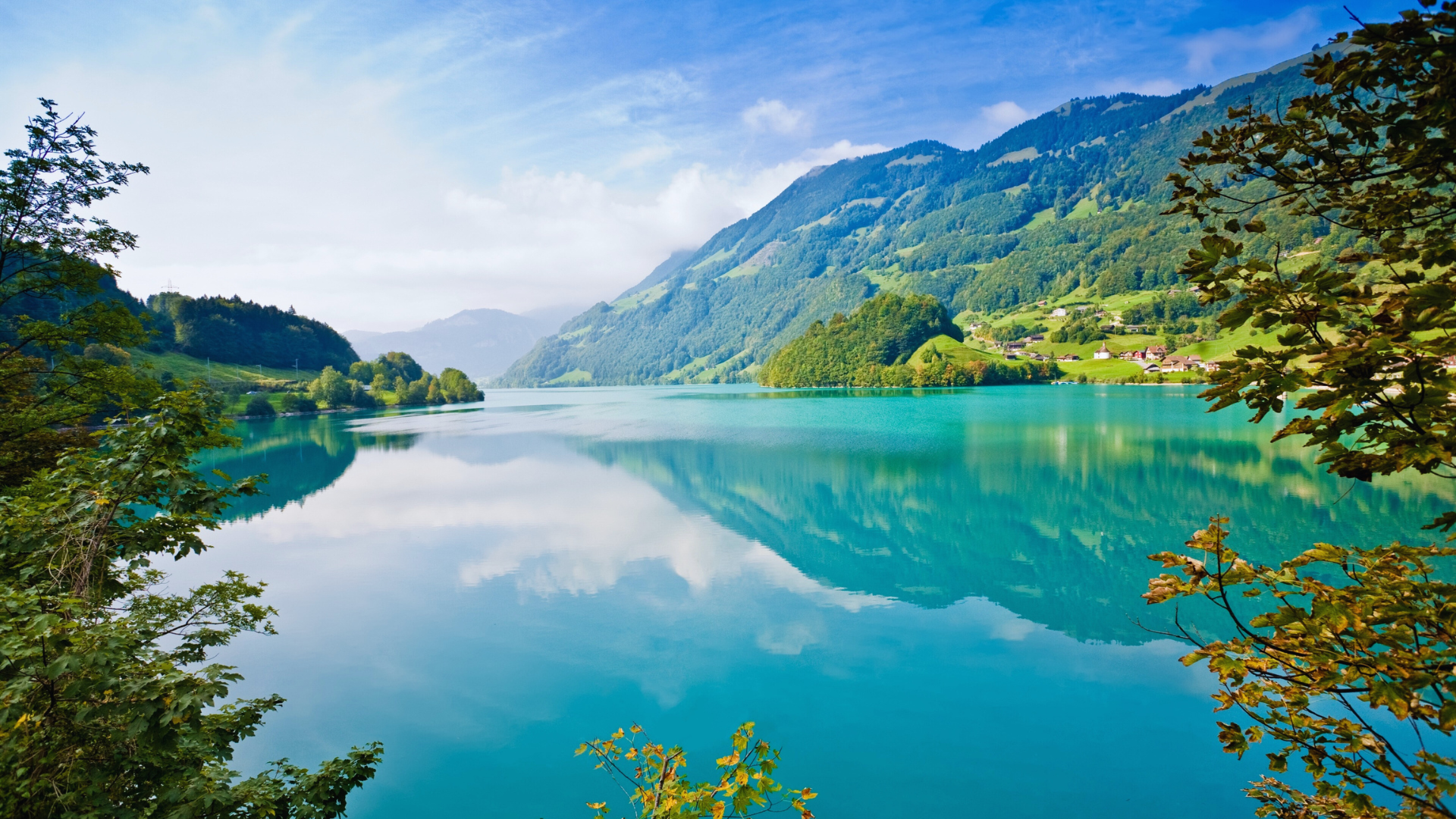
Nature serves as a profound source of artistic inspiration, offering a rich tapestry of colors, shapes, and sounds that can ignite creativity. To find inspiration in nature, one must first immerse oneself in its environments—whether through walks in the woods, visits to the beach, or time spent in a garden. This immersion allows the artist to observe and absorb the intricacies of the natural world, enabling their imagination to flourish.
By embracing the sights and sounds of nature, individuals can spark fresh ideas and enhance their artistic expression. Observing the delicate patterns in leaves or the movement of water can lead to new techniques and concepts in various art forms, from painting to sculpture. Engaging with nature not only revitalizes the spirit but also opens a wellspring of creativity that can be channeled into artistic endeavors.
Every outdoor experience has the potential to unlock a new perspective. Artists who seek inspiration from their surroundings are often rewarded with unique insights that can transform their work. Embracing the beauty and complexity of the natural world can redefine an artist’s approach, leading to a deeper connection with their craft.
Discovering the Muse in the Great Outdoors
Nature offers a rich tapestry of inspiration, with its diverse landscapes, changing light, and emotional resonance. These elements can ignite creativity and influence artistic expression.
Embracing Nature’s Diversity
The variety of ecosystems, from lush forests to arid deserts, presents countless artistic possibilities. Each environment is a canvas painted with unique textures, colors, and forms.
Examples of Diversity:
- Forests: Dense tree canopies and intricate undergrowth provide a sense of mystery.
- Mountains: Their grandeur evokes awe, while varying elevations create dramatic shadows.
- Waterscapes: Lakes and rivers reflect light and movement, capturing fluidity and change.
Artists can draw on this diversity to find their muse, discovering how each element can contribute to their work.
The Interplay of Light and Landscape
Light dramatically transforms landscapes, influencing mood and perception. The time of day alters colors, shadows, and textures, providing different artistic experiences.
Key Light Variations:
- Golden Hour: Soft, warm tones enhance details, creating a tranquil atmosphere.
- Midday Sun: Harsh light emphasizes contrast but can also reveal intricate details.
- Twilight: Dimming light creates a dreamlike quality, perfect for exploration of emotion.
Artists benefit from observing these shifts in light, as they deepen their understanding of how to evoke feelings through their art.
Sensory Experiences and Emotional Responses
Nature engages the senses, fostering emotional connections that enhance artistic inspiration. The sounds of rustling leaves, birds singing, or water flowing can provoke creativity.
Sensory Elements:
- Visual: A stunning vista can ignite ideas and lead to unique compositions.
- Auditory: Natural sounds influence creative flow, often providing a calming backdrop.
- Tactile: The feel of different surfaces—rough bark or smooth stones—can inspire manipulation of materials in artwork.
These sensory experiences can evoke emotions that artists translate into their work, establishing a profound connection with their audience.
Artistic Techniques for Capturing Nature
Exploring nature as an artistic subject requires various techniques to translate its beauty onto a canvas or into a sculpture. Key methods include leveraging color and texture, observing details closely, and transforming these observations into artistic expressions.
Incorporating Colour and Texture
Colors and textures play a crucial role in capturing the essence of nature. Artists often find inspiration in the vibrant hues of leaves, flowers, and water.
- Use of Palettes: An artist might create a personalized color palette reflecting the local environment.
- Texture Techniques: Techniques like layering paint can mimic the roughness of tree bark or the smoothness of pebbles.
By experimenting with different mediums, such as watercolors for their translucence or oils for their depth, artists can effectively highlight the intricate details found in nature.
The Role of Observation and Sketching
Observation is fundamental for artistic creation. Taking the time to notice details often leads to richer results. Using a sketchbook for on-site drawings can help capture fleeting moments.
- Daily Sketching: Committing to daily sketching practices can develop an artist’s ability to see patterns and forms in nature more clearly.
- Field Journals: Alongside sketches, notes about colors, sounds, and scents can enhance the artist’s understanding of the environment.
This practice not only builds artistic skills but also deepens the connection to the natural world.
From Observation to Artistic Expression
Transforming observations into art requires a thoughtful approach. Artists must decide on the expression they wish to communicate.
- Selecting a Medium: Different mediums suit different aspects of nature. For example, sculpture can illustrate three-dimensional forms, while painting can capture color and light.
- Conceptualizing Themes: Artists may focus on themes such as growth, decay, or harmony, interpreting their observations through personal expression.
By combining technical skills with personal insights, artists create works that resonate with their experiences of nature.
Nurturing Creativity through Environmental Immersion
Engaging with nature provides a unique pathway to nurture creativity. The tranquility of the outdoors fosters deep reflection, while exploration encourages innovative thought.
The Peaceful Practice of En Plein Air
En plein air painting invites artists to immerse themselves directly in nature. This practice emphasizes the importance of being present in the moment, capturing the essence of landscapes as they change with light and weather.
Artists often find peace in observing subtle shifts in color and form, allowing their surroundings to inspire their work. The experience can deepen one’s understanding of natural beauty and lead to powerful artistic expression. Commitment to this practice can transform routine outings into rich, creative sessions.
Exploration and Experimentation
Exploring varied environments can stimulate fresh ideas and techniques. Shedding familiar settings challenges artists to adapt and discover new forms. Nature’s diversity—from mountains to meadows—offers endless inspiration.
Additionally, experimenting with different mediums outdoors can yield surprising results. Watercolors might effectively capture a sunset’s glow, while charcoal may emphasize the rugged textures of a rocky cliff. Each attempt enhances an artist’s repertoire and nurtures their passion for creation. Engaging with nature encourages them to push boundaries and expand artistic horizons.
Maintaining a Connection with Nature
Feeling a connection to nature can significantly enhance creativity and inspiration. Regular exposure to natural environments and effective ways to capture experiences can transform the artistic process.
Regular Engagement with Natural Spaces
Consistent visits to parks, forests, or coastal areas provide opportunities to observe the beauty of nature. Engaging in activities like hiking allows individuals to immerse themselves in diverse landscapes.
Time spent outdoors can improve mood and stimulate the creative mind. He or she may notice intricate details in flora or the movement of wildlife, which can serve as powerful artistic subjects. Taking photographs during these outings can help capture fleeting moments, making it easy to revisit them later.
Planning regular outings can establish a natural rhythm. Simple steps, such as dedicating one day a week to exploring nearby trails, ensure a persistent connection with nature. Each outdoor experience contributes to a reservoir of inspiration.
Creating an Idea Reservoir
An idea reservoir acts as a collection of inspirations gathered from nature. Keeping a mood board or sketchbook allows an artist to compile images, notes, and feelings evoked during outdoor explorations.
Incorporating elements from plein air painting enhances the connection. When an artist engages in this practice, they translate their immediate surroundings onto canvas, fostering a deep relationship with the environment.
He or she can periodically review and update their collection. Drawing from personal experiences in nature adds authenticity and richness to their creative work. This ongoing documentation increases creativity and serves as a reminder of the natural beauty that inspires them.



